You sent all your people home to work remotely – NOW WHAT?
Powered by Sophaya with Microsoft Teams
As businesses are forced to close offices, hundreds of thousands of managers are doing something they never thought they would do – managing remote teams. Sending your employees home and telling them to keep working is not a strategy, it’s a crisis reaction. But as reality sets in and everyone tries to sort through the chaos, all these new remote managers are still responsible for getting work done. That’s where we’re here to help. Every day, we’ll give you 1 concrete action step you can take with your team to get your people refocused and back on task.
TODAY’S REMOTE WORK TIP:
Appoint a point person and set up a command center to disseminate information and direct feedback back up to the point person. This is critical as information out to the employees and back from the employees will help managers determine what actions to take. There are lots of technology options available to help with this. For example, if you and your team use Microsoft products and you work in a Microsoft 365 virtual desktop environment. Group chat, document sharing, video/audio conferencing, even live streaming is built into one interface that is accessible from any place that has internet access.
Whether your company has 5 or 5, 000 employees, everyone needs two things – accurate, timely information as to what’s expected of them and a mechanism to share their needs/frustrations/concerns. If they don’t have that, remote employees get disconnected, discouraged and disengaged fast. In the absence of information, people make stuff up or they pay too much attention to social media and then panic takes over. It’s never good.
Good, clear, specific information coming from my boss, helps calm me calm down and get re-focused. Having contact to tell my woes and voice my concerns helps me feel less isolated. Remote leaders who stay in contact with their people become to the glue that holds a remote team together and that’s important in a situation like we have today where the situation is changing almost hourly. Group chats, group texts, group emails, group video conferences are great for talking to a large group, but you also need one-on-one contact to check in with individuals, so you have your finger on the pulse of your team members. Start the day with encouragement – for some of you this may feel weird but trust us…your people need to hear words of encouragement from you right now because it’s scary out there.
Remote team leaders with larger groups can take it one step further and set up a peer-to-peer communication network that shares the load and ensures no team member falls out of sight. Choose the most mature and dependable folks and deputize them to hold small group video sessions. It’s likely someone in your team has worked remotely at some time, get them to share their best practices, tips and tricks. Encourage as much online interaction as possible and reach out if someone goes silent. In remote teams, individuals may not want to reach out because they don’t want to bother anyone. They may not want to acknowledge they’re struggling so give them private time to ask for help and recover with dignity.
Information needs to run both ways. You are giving your people accurate, up-to-date info to keep them in the know. They are also giving you info about their logistical concerns, technical problems, resource needs and operational matters. Since this is a new normal, as a leader, you need this information to flow back up to the command center so resources can be deployed, and fixes applied so work can get done and business can keep going.
Remember these are people we’re talking about – human beings who are worried and confused. Treat them with respect but also with compassion. Information and access are their only lifelines.
